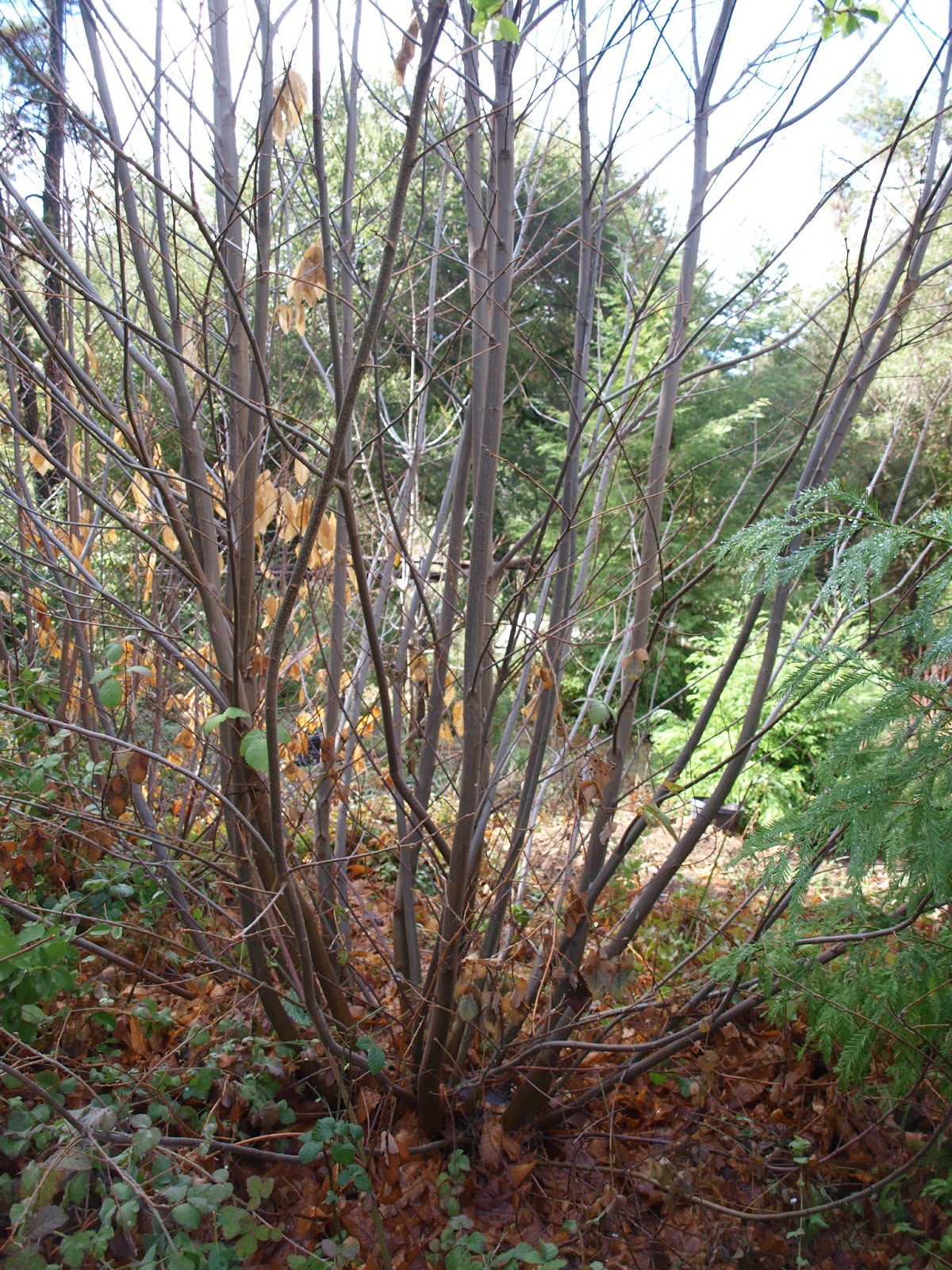Here
in California we finally seem to have moved on from the perpetual springtime we
have had all winter and have entered a more seasonal weather pattern. In the
past couple of days we have had 5” of rain with more forecast for tonight. We
are in the middle of what is called a pineapple express storm, which according
to wikipedia is an example of an atmospheric river. Apparently these are
essentially rivers in the sky, thousands of kilometers long and several hundred
kilometers wide and amazingly they may carry more water than the Amazon (that’s
what it says anyway!)
Two days rain
Rain
is something most people don’t give a second thought to, except as an
inconvenience. It is only when it stops raining for a long period do you start
to realize its importance. Having grown up in rainy England (actually not that rainy – I get more rain
in my garden here than I ever saw when growing up) I have always a hard time
really appreciating the rain. It is only recently, after 10 months of almost no
rain, for the first time in my life I can understand how wonderful it is, as it
changes the color of the landscape from brown to green. Water falling from the
sky and landing right where you want it (instead of coming from a tank through
a pipe with a pump) is a near miracle. The fact that it then sits in the soil
until needed by plants is equally amazing. Yet another miracle is when it falls
as snow in the mountains and sits there for months before it melts and
gradually runs down to us.
As
gardeners we should think about the rainwater that falls on our property and
where it goes. We should make sure that any rainfall that lands in our garden
has a chance to soak into the soil and doesn’t run away down storm drains.
Incidentally an inch of rain adds up to around 27000 gallons per acre, which at
1.5 cents per gallon adds up to around $400. I hate to quantify and put a price
on nature, but I mention it to show how much she gives that we take for
granted.




















